
Mary Lee Woods (left) with Sparkle and Anita Carter with Abbey.
When asked to choose a pen name for our collaboration on the Pampered Pet Mystery Series we tossed around a lot of ideas, but ultimately decided that the combination of two of our rescue pets’ names was perfect. Thus, we became Sparkle Abbey. We’d like to point out that we offered up the names of our two other pets, Chewbacca and Matisse, but our publisher was not impressed.
When the Pampered Pets series was picked up, we’d both been writing for several years. We’d been contest finalists (even won a few), and had received great feedback from some well-respected editors and agents. Still, no sale. Finally when chatting with a knowledgeable agent (okay, we admit it was over margaritas) at a conference, we were told we needed more of a hook. She suggested we browse the craft stores for ideas. There’s nothing wrong with craft or hobby mysteries. Love them. However, one big issue: We may be crafty, but we’re not craftsy. We both have crazy full-time jobs, busy family lives, and no time for hobbies. We didn’t really want to write about our families and couldn’t write about our jobs. (Not if we want to stay employed.) Suddenly it came to us—we love our pets!
Therefore our crime-solving cousins, Carolina Lamont and Melinda Langston, are in the pet biz. Caro is a former psychologist turned pet therapist and Mel owns the Bow Wow boutique. Both are former Texas beauty queens who now live in Laguna Beach, California. Laguna was a perfect setting for the series because the community has over 11,000 registered dogs; more dogs than kids. Plus, it’s a great place to go if you need to make an on-site visit for research purposes.
 Desperate Housedogs, the first book in the series, features Caro who makes a house call to an exclusive gated community to help a client whose dogs have gone stark barking mad. Unfortunately for Caro (and the client) two hours later he is found dead, and as the last person to see him alive...well, you get the gist. Book Two, Get Fluffy, follows with Mel as the protagonist. After she finds her most despised client whacked in the head, Mel is knee-deep in lies, secrets, and blackmail.
Desperate Housedogs, the first book in the series, features Caro who makes a house call to an exclusive gated community to help a client whose dogs have gone stark barking mad. Unfortunately for Caro (and the client) two hours later he is found dead, and as the last person to see him alive...well, you get the gist. Book Two, Get Fluffy, follows with Mel as the protagonist. After she finds her most despised client whacked in the head, Mel is knee-deep in lies, secrets, and blackmail.
We’ve adopted a different approach than most cowriters in that each author writes every other book. Sparkle writes the Caro books and Abbey writes the Mel books. We share the setting and some secondary characters and it helps that we share the same twisted sense of humor.
We’ve had fun working on this series together. Following the first two books, Caro and Mel’s adventures continue with Kitty, Kitty, Bang, Bang, and then Yip Tuck.
Desperate Housedogs, Sparkle Abbey, Bell Bridge Books, October 2011.
This article first appeared in Mystery Scene Holiday Issue #122.

 Would you believe a picture on the wall of a defunct cotton mill could inspire a series? Could a New England mill town offer a vibrant sense of place for the setting? Yes and yes! The seed for the stories in The Maine Shore Chronicles was a lithograph, circa 1845, of a woman tending a spinning frame in a local cotton mill. In my mind’s eye, the woman in the picture metamorphosed into my grandmother, who actually came to that town with her family in 1890 to work in the mills. The lithograph inspired me to write a series about characters with a mix of my heritage in a real place on Maine’s coast that is steeped in ethnicity and tradition.
Would you believe a picture on the wall of a defunct cotton mill could inspire a series? Could a New England mill town offer a vibrant sense of place for the setting? Yes and yes! The seed for the stories in The Maine Shore Chronicles was a lithograph, circa 1845, of a woman tending a spinning frame in a local cotton mill. In my mind’s eye, the woman in the picture metamorphosed into my grandmother, who actually came to that town with her family in 1890 to work in the mills. The lithograph inspired me to write a series about characters with a mix of my heritage in a real place on Maine’s coast that is steeped in ethnicity and tradition. the three books in this series has taken six years. I came to realize that getting published was one part luck, one part talent, and one part persistence, and I was certain I had the last part.
the three books in this series has taken six years. I came to realize that getting published was one part luck, one part talent, and one part persistence, and I was certain I had the last part.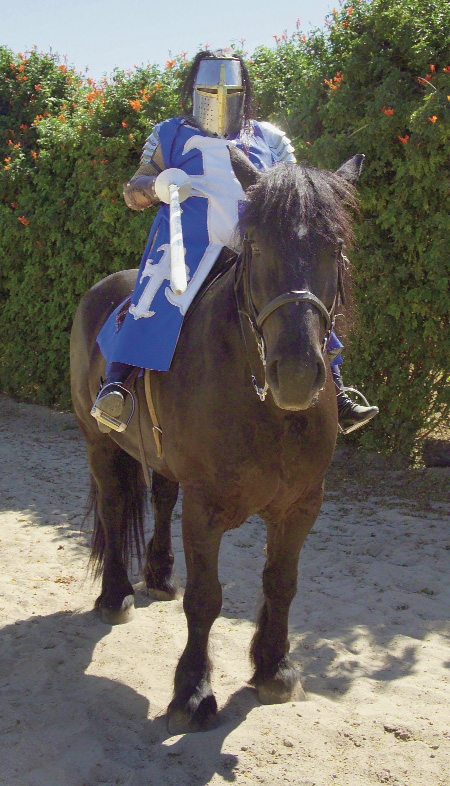 I spend a lot of time thinking about being a medieval knight.
I spend a lot of time thinking about being a medieval knight. I was strapped pretty tightly into the mail. The shoulder plates buckled around my upper arms. Next my arms were secured with heavy leather vambraces—leather covers from forearm to wrist—and then I slipped on the surcote, sporting the knight’s colors.
I was strapped pretty tightly into the mail. The shoulder plates buckled around my upper arms. Next my arms were secured with heavy leather vambraces—leather covers from forearm to wrist—and then I slipped on the surcote, sporting the knight’s colors.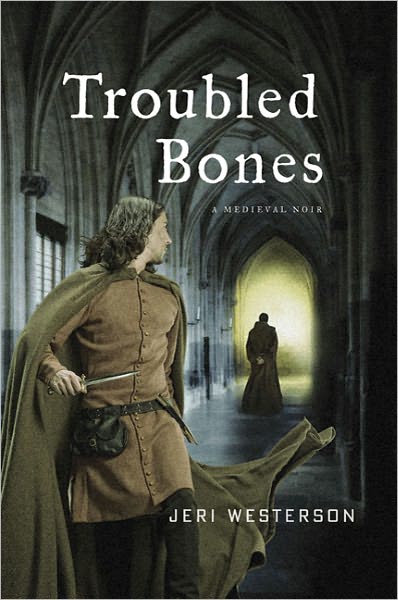
 Twenty years ago, I raced open-wheel cars motorsport in the UK.
Twenty years ago, I raced open-wheel cars motorsport in the UK.
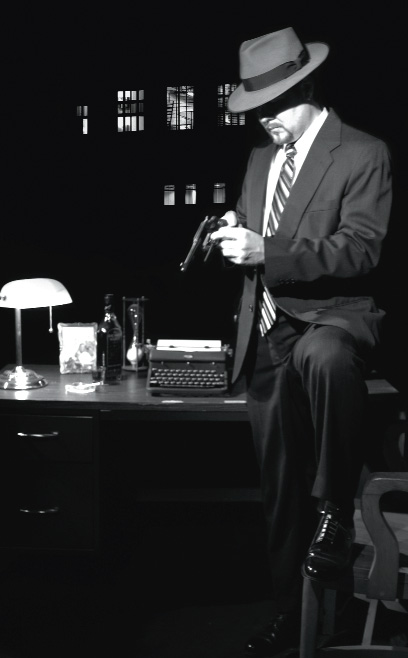 As free as art wants to be, needs to be, must be, it also craves form, needs a certain amount of structure and definition. This is where genre enters in, heroically.
As free as art wants to be, needs to be, must be, it also craves form, needs a certain amount of structure and definition. This is where genre enters in, heroically.
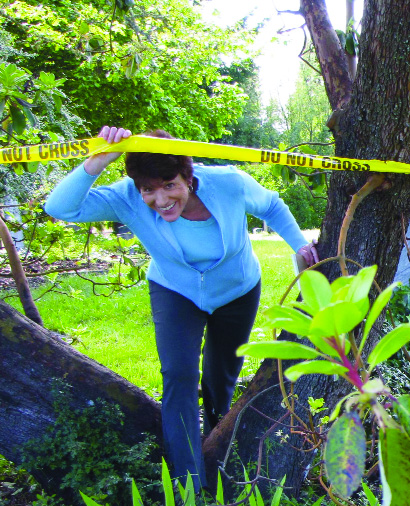 What do you do when a minor character is so much fun you can’t let her go? You plot a novel just for her. That story became The Arranger, a futuristic thriller involving two wildly different concepts: a software technician who devolves into a killer and a national endurance competition called the Gauntlet.
What do you do when a minor character is so much fun you can’t let her go? You plot a novel just for her. That story became The Arranger, a futuristic thriller involving two wildly different concepts: a software technician who devolves into a killer and a national endurance competition called the Gauntlet.
 US President William McKinley is assassinated. Before him, a French president and a Spanish prime minister suffered similar fates. Industrialist Henry Clay Frick was gravely wounded. Dynamite exploded in Manhattan’s Union Square. And 20 people were killed when a bomb detonated under the wedding carriage of Spanish King Alfonso XIII.
US President William McKinley is assassinated. Before him, a French president and a Spanish prime minister suffered similar fates. Industrialist Henry Clay Frick was gravely wounded. Dynamite exploded in Manhattan’s Union Square. And 20 people were killed when a bomb detonated under the wedding carriage of Spanish King Alfonso XIII.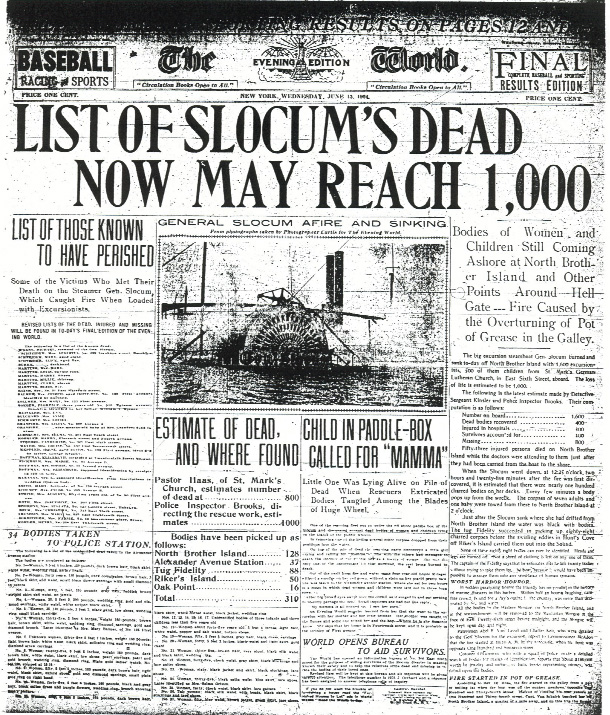 Working-class immigrants were already angry about the capitalist greed that led to unfair working conditions. And many were drawn to anarchist leaders who claimed to act on behalf of the good working people by demanding higher wages, better working conditions, and more reasonable hours. Of these leaders, a small but vocal minority advocated violent methods.
Working-class immigrants were already angry about the capitalist greed that led to unfair working conditions. And many were drawn to anarchist leaders who claimed to act on behalf of the good working people by demanding higher wages, better working conditions, and more reasonable hours. Of these leaders, a small but vocal minority advocated violent methods.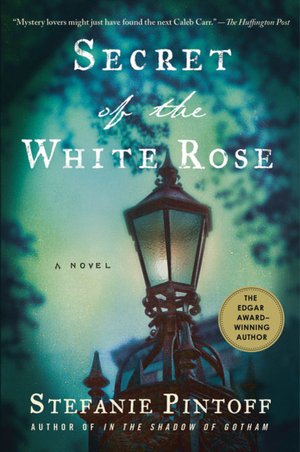 investigation—one involving a judge and the anarchist who allegedly planted a bomb to target Carnegie wedding guests, but instead killed passersby, including a child?
investigation—one involving a judge and the anarchist who allegedly planted a bomb to target Carnegie wedding guests, but instead killed passersby, including a child? Every novel, including my latest Appalachian noir Lake Charles, is rooted to a specific place. I chose mine with care. One July in the early 1980s, my wife and I packed up our rattletrap Ford Escort, said a prayer, and drove off to stay at a budget motel in Gatlinburg, Tennessee. Nestled amid the Great Smoky Mountains, it’s a picturesque tourist mecca. I’d already been there a few years before while hiking 150 miles of the Appalachian Trail that rambles along the craggy summits.
Every novel, including my latest Appalachian noir Lake Charles, is rooted to a specific place. I chose mine with care. One July in the early 1980s, my wife and I packed up our rattletrap Ford Escort, said a prayer, and drove off to stay at a budget motel in Gatlinburg, Tennessee. Nestled amid the Great Smoky Mountains, it’s a picturesque tourist mecca. I’d already been there a few years before while hiking 150 miles of the Appalachian Trail that rambles along the craggy summits.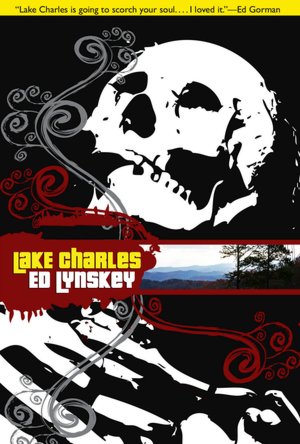
 My palm was red after I pulled it away from my forehead. Then the blood started dripping to my sweatshirt. Ten feet behind me stood three very hungry, really curious wolves, and now the air held the scent of fresh blood. My blood.
My palm was red after I pulled it away from my forehead. Then the blood started dripping to my sweatshirt. Ten feet behind me stood three very hungry, really curious wolves, and now the air held the scent of fresh blood. My blood.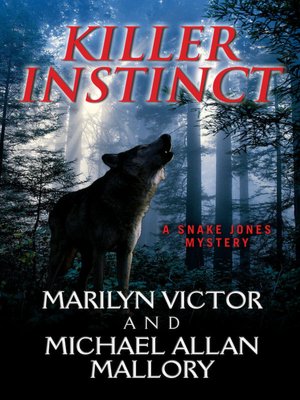
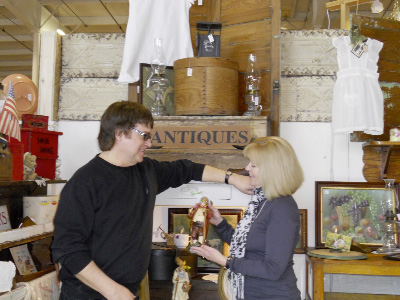 Barbara Allan is two people—Barbara and (her husband) Max Allan Collins. Which is to say, us. Max had been writing professionally for going on two decades when Barb began writing short stories for anthologies.
Barbara Allan is two people—Barbara and (her husband) Max Allan Collins. Which is to say, us. Max had been writing professionally for going on two decades when Barb began writing short stories for anthologies.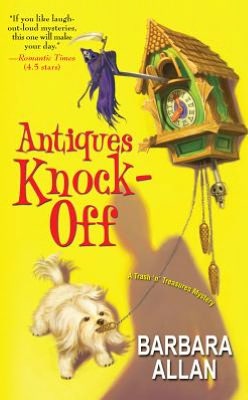
 I hadn’t planned to visit Tutbury Castle. I’d forgotten about it. Its existence and importance were stored somewhere in the back of my mind with useless mishmash like how to solve “If a train left New York, heading west, at 60 mph, and another train left Omaha, heading east…,” and the traditional gift for a ninth wedding anniversary, and the capital of Greenland.
I hadn’t planned to visit Tutbury Castle. I’d forgotten about it. Its existence and importance were stored somewhere in the back of my mind with useless mishmash like how to solve “If a train left New York, heading west, at 60 mph, and another train left Omaha, heading east…,” and the traditional gift for a ninth wedding anniversary, and the capital of Greenland. Yet, it was a prison and Mary despised it. Cold, plagued by drafts and damp, her tower apartments were situated directly above the privy. Its stench constantly drifted into her living quarters. This was no accident. Mary’s jailer tried to make her stay as unpleasant as possible without overstepping the courtesy due a queen, even if she were a captive.
Yet, it was a prison and Mary despised it. Cold, plagued by drafts and damp, her tower apartments were situated directly above the privy. Its stench constantly drifted into her living quarters. This was no accident. Mary’s jailer tried to make her stay as unpleasant as possible without overstepping the courtesy due a queen, even if she were a captive.
 I chose to live in Colorado for its beautiful outdoor settings and recreation opportunities, and for the same reason, I enjoy setting mysteries in my home state. Since I ski, raft, hike, and bike myself, when I include those activities in my stories, I can readily describe what they feel like. Invariably, however, I need to dig deeper than my own experience to realistically portray what my characters go through.
I chose to live in Colorado for its beautiful outdoor settings and recreation opportunities, and for the same reason, I enjoy setting mysteries in my home state. Since I ski, raft, hike, and bike myself, when I include those activities in my stories, I can readily describe what they feel like. Invariably, however, I need to dig deeper than my own experience to realistically portray what my characters go through. I chose to observe the third day, which involved the most on-water work, including extracting boats and rafts wrapped around rocks, rigging lines across the river to which rafts are attached for rescue or search operations, sending a tethered swimmer into the water to rescue someone, and more. I arrived a few minutes late and slid through the conference room door to sit quietly in the back. The previous class day had focused on body search and retrieval. But as Stew talked somberly about what had occurred, I realized that this had not been an exercise.
I chose to observe the third day, which involved the most on-water work, including extracting boats and rafts wrapped around rocks, rigging lines across the river to which rafts are attached for rescue or search operations, sending a tethered swimmer into the water to rescue someone, and more. I arrived a few minutes late and slid through the conference room door to sit quietly in the back. The previous class day had focused on body search and retrieval. But as Stew talked somberly about what had occurred, I realized that this had not been an exercise.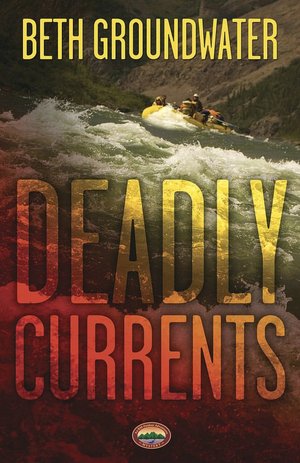
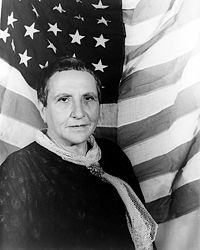 The conflict between literary vs. genre fiction is an old and storied war with no good end in sight.
The conflict between literary vs. genre fiction is an old and storied war with no good end in sight.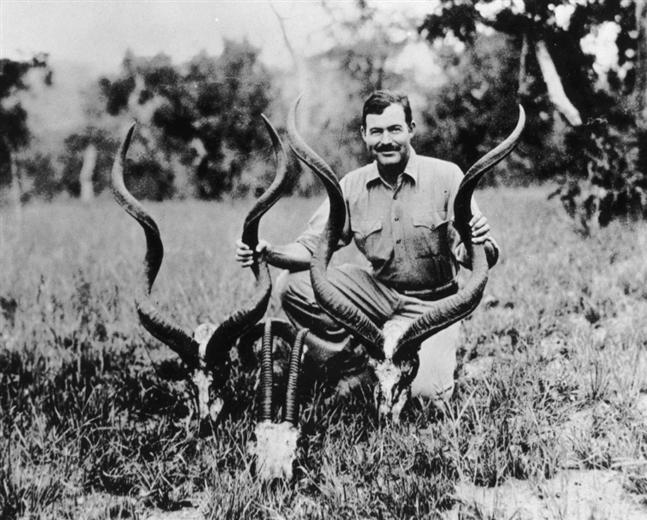 My new novel, One True Sentence, is the one in which Stein and Hemingway cast their longest shadows. OTS is a re-imagination of Ernest Hemingway’s 1920s Paris memoir A Moveable Feast as a historical thriller. The murders of literary magazine publishers plague the Left Bank; Stein gathers the city’s foremost mystery writers to catch the killer.
My new novel, One True Sentence, is the one in which Stein and Hemingway cast their longest shadows. OTS is a re-imagination of Ernest Hemingway’s 1920s Paris memoir A Moveable Feast as a historical thriller. The murders of literary magazine publishers plague the Left Bank; Stein gathers the city’s foremost mystery writers to catch the killer.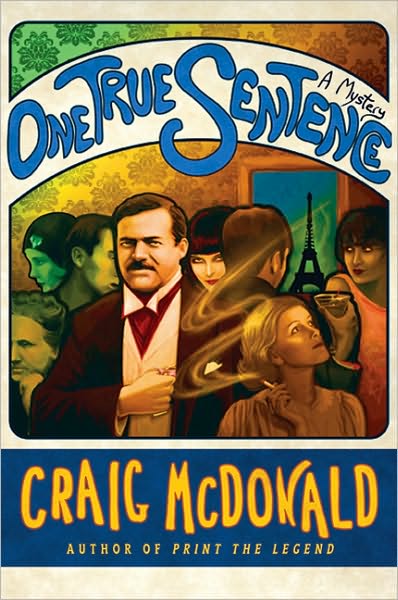
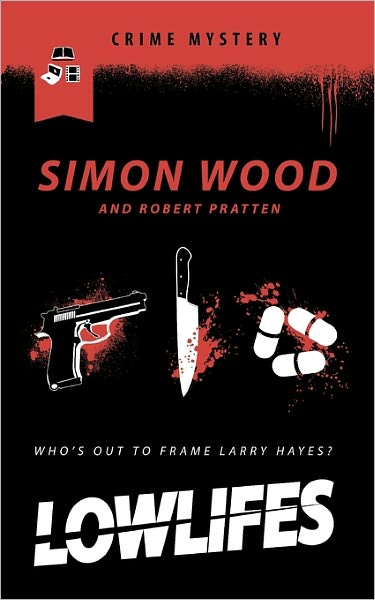
 Sometimes you do things for research purposes that you wouldn’t dream of doing in normal life. For The Anteater of Death I let a giant anteater lick squashed bananas from my hand. For The Koala of Death, I went bowling. Don’t get me wrong, I’m no snob. In fact, I was on my junior high school bowling team. But then I grew up and got serious about Life.
Sometimes you do things for research purposes that you wouldn’t dream of doing in normal life. For The Anteater of Death I let a giant anteater lick squashed bananas from my hand. For The Koala of Death, I went bowling. Don’t get me wrong, I’m no snob. In fact, I was on my junior high school bowling team. But then I grew up and got serious about Life.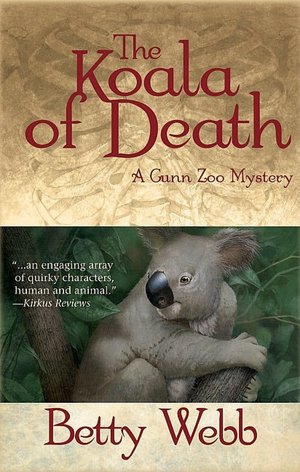
 I wrote five novels in the Emerson Ward mystery series before I discovered who Emerson Ward really is. That may sound strange, especially since the series is told from the first-person point of view. When I came up with the idea for the series—years before the first book sold—I sketched out the basic premise and an outline for about five books. When it came time to write the sixth book in the series, I still hadn’t used one of those outlines. Even though I’d drafted it 30 years earlier, I dug it out, figuring it would at least provide the bare bones of a story.
I wrote five novels in the Emerson Ward mystery series before I discovered who Emerson Ward really is. That may sound strange, especially since the series is told from the first-person point of view. When I came up with the idea for the series—years before the first book sold—I sketched out the basic premise and an outline for about five books. When it came time to write the sixth book in the series, I still hadn’t used one of those outlines. Even though I’d drafted it 30 years earlier, I dug it out, figuring it would at least provide the bare bones of a story.
 Ernest Hemingway, arguably the 20th century’s best-known writer, was both a literary genius and a first-class celebrity. This makes him a ready subject in my latest DD McGil Literati Mystery, Hunting for Hemingway. I read that in 1922 a valise filled with Hemingway’s early manuscripts was stolen from his first wife, Hadley Richardson, at the Paris railway station. In Hunting for Hemingway these lost manuscripts turn up in current day Chicago and, if authenticated, would be worth millions.
Ernest Hemingway, arguably the 20th century’s best-known writer, was both a literary genius and a first-class celebrity. This makes him a ready subject in my latest DD McGil Literati Mystery, Hunting for Hemingway. I read that in 1922 a valise filled with Hemingway’s early manuscripts was stolen from his first wife, Hadley Richardson, at the Paris railway station. In Hunting for Hemingway these lost manuscripts turn up in current day Chicago and, if authenticated, would be worth millions.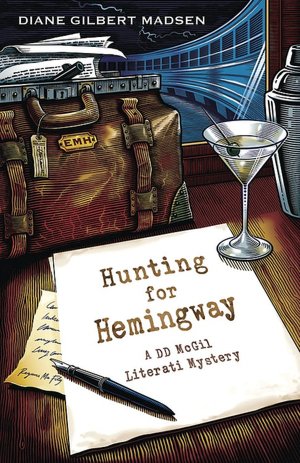
 It all began with a toga party.
It all began with a toga party.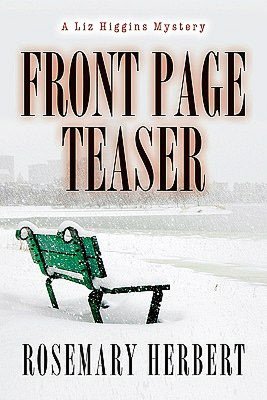
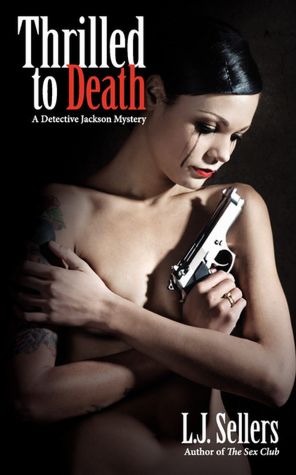
 I wanted to write a novel that would be a valentine to my beloved mother. For 25 years, I visited my mom and dad and relatives galore, all of whom retired to Florida from their native Bronx. All of them moved into the same condominium complex. Don’t ask! Oy, the complications that caused!
I wanted to write a novel that would be a valentine to my beloved mother. For 25 years, I visited my mom and dad and relatives galore, all of whom retired to Florida from their native Bronx. All of them moved into the same condominium complex. Don’t ask! Oy, the complications that caused!
 Have you ever had the feeling that you were being watched, even though there was no one else around? Your pulse races and the hairs on the back of your neck stand up. We usually dismiss that sensation as a momentary spasm of paranoia, but it’s justified more often than most of us realize.
Have you ever had the feeling that you were being watched, even though there was no one else around? Your pulse races and the hairs on the back of your neck stand up. We usually dismiss that sensation as a momentary spasm of paranoia, but it’s justified more often than most of us realize.

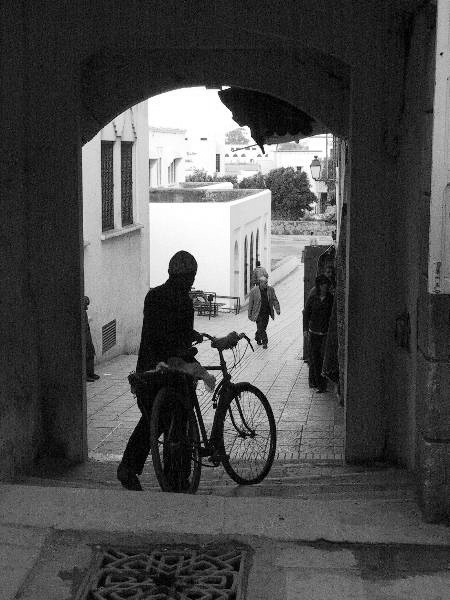 My stomach lurched.
My stomach lurched.
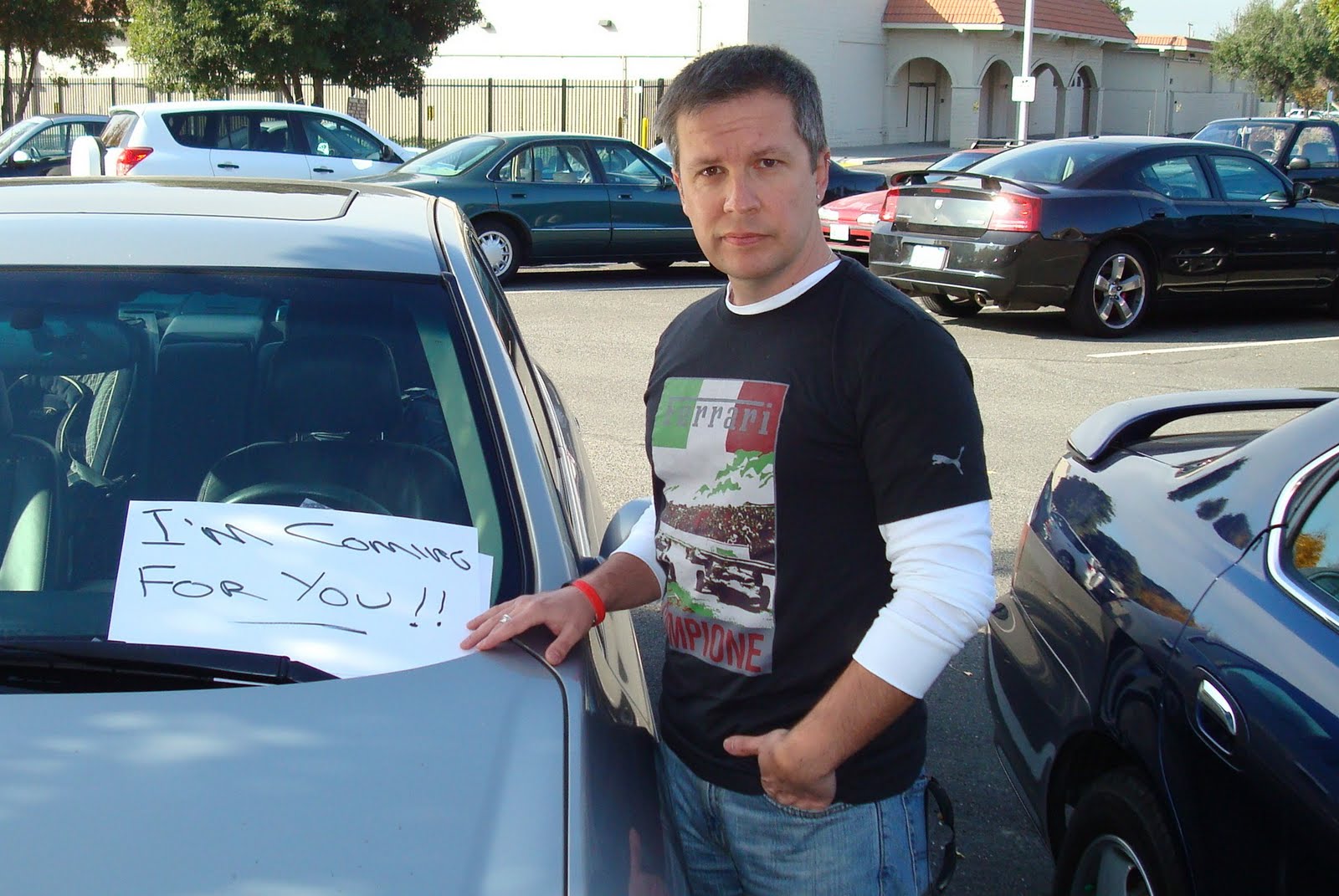 Relationships with our coworkers are a vital part of life. Considering that we spend a third of our day in the workplace, they have to be. No wonder we build friendships with workmates. Unfortunately, the flipside of personal relationships in the workplace is that they can turn sour—and violent.
Relationships with our coworkers are a vital part of life. Considering that we spend a third of our day in the workplace, they have to be. No wonder we build friendships with workmates. Unfortunately, the flipside of personal relationships in the workplace is that they can turn sour—and violent.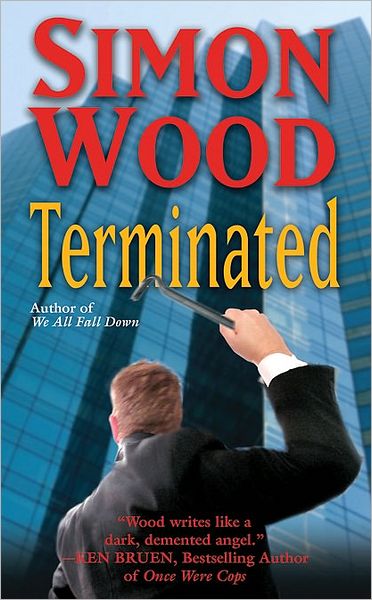
 George was a paranoid schizophrenic. Without his meds, he suffered from delusions of persecution and gruesome death. So every day he swallowed 100 milligrams of Thorazine. Followed by a Cogentin chaser to quell the Parkinsonian-like tremors caused by the Thorazine. In and out of mental hospitals since his teens, he supported himself doing construction work and odd jobs—in between bouts of delusional terror, homelessness, and street violence.
George was a paranoid schizophrenic. Without his meds, he suffered from delusions of persecution and gruesome death. So every day he swallowed 100 milligrams of Thorazine. Followed by a Cogentin chaser to quell the Parkinsonian-like tremors caused by the Thorazine. In and out of mental hospitals since his teens, he supported himself doing construction work and odd jobs—in between bouts of delusional terror, homelessness, and street violence.
 Who should own archeological artifacts? Those with the wealth to obtain them or the countries of origin?
Who should own archeological artifacts? Those with the wealth to obtain them or the countries of origin?

